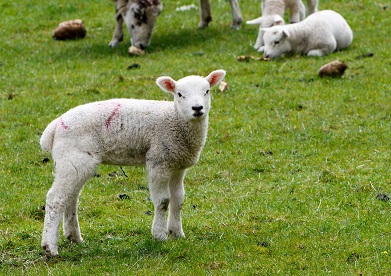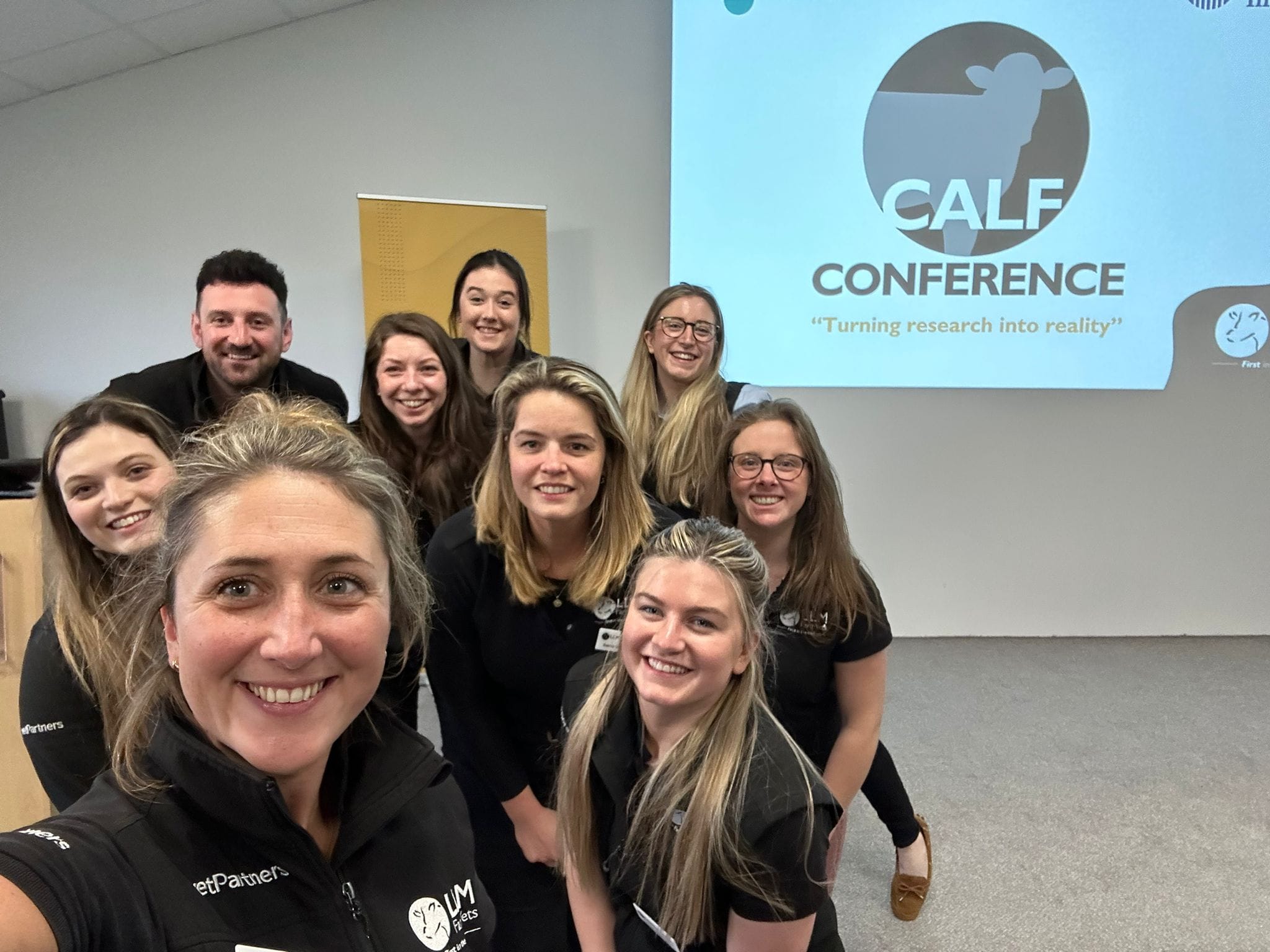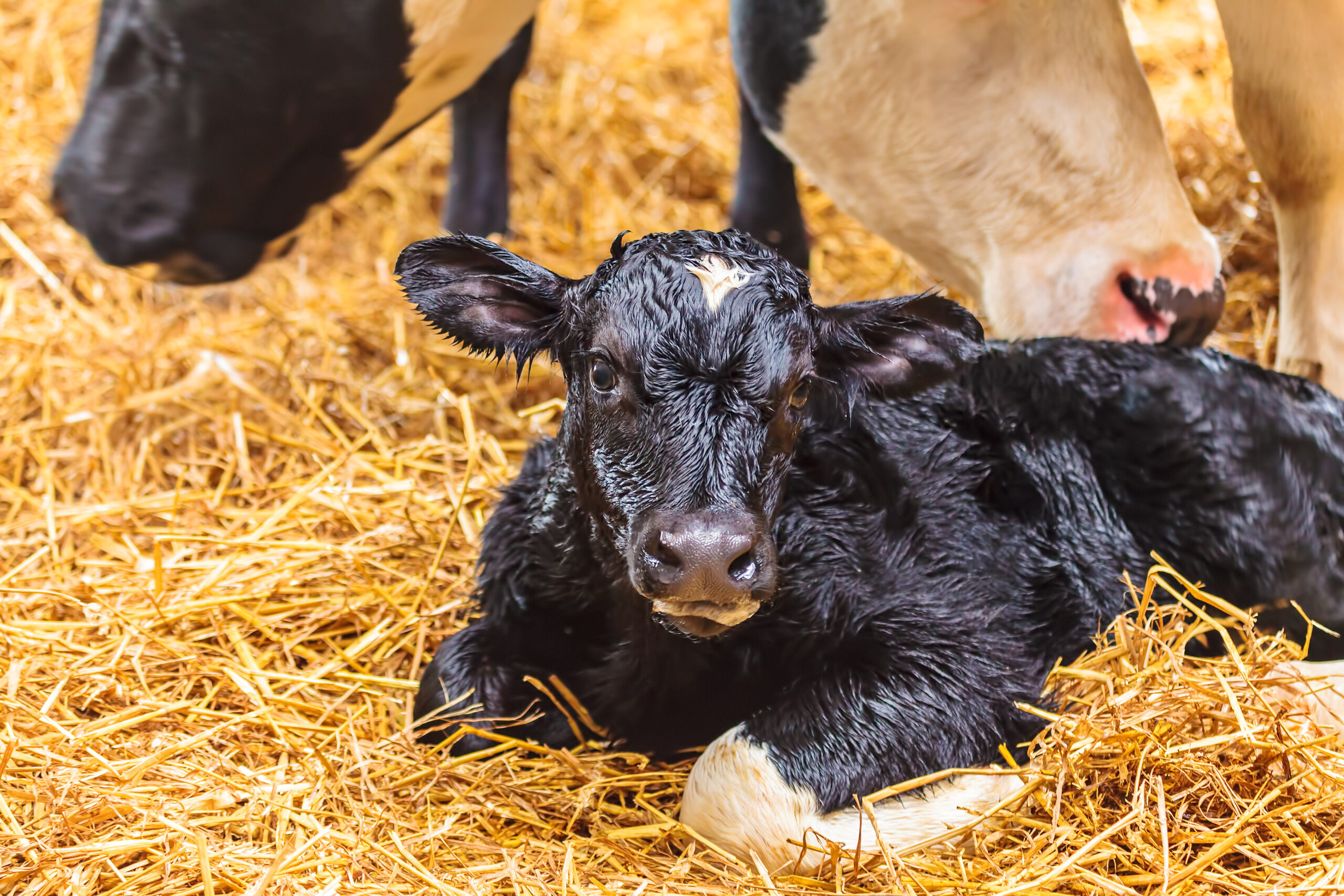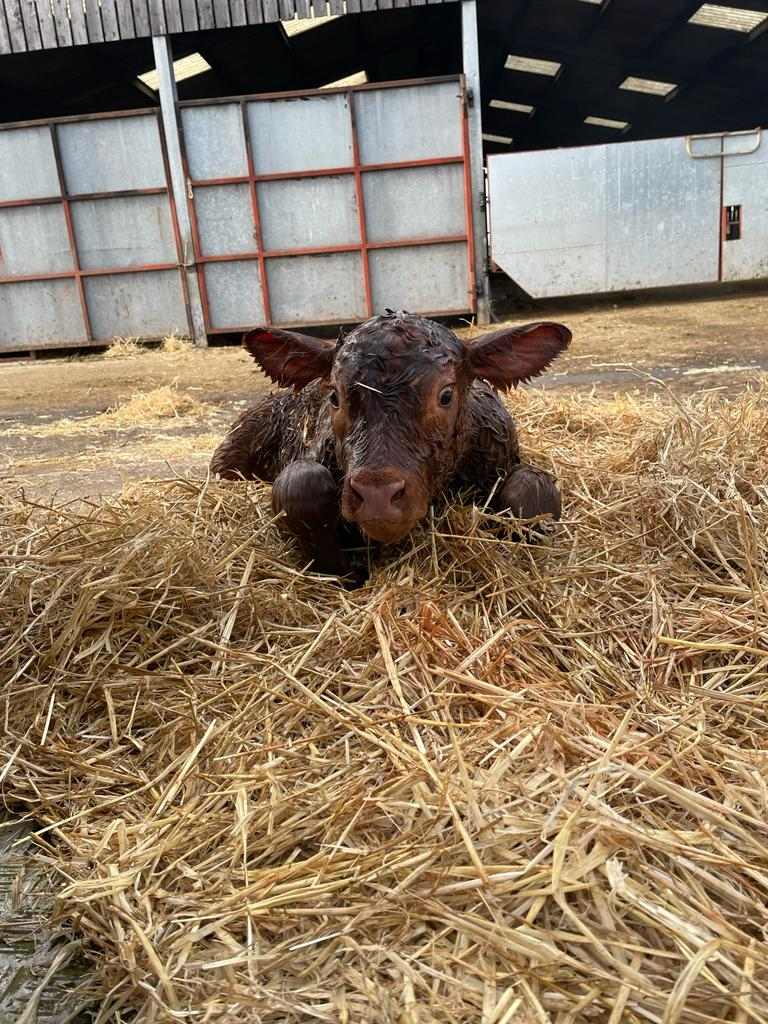Have you ever thought coccidiosis could be making your youngstock calves and lambs not achieve there daily live weight gain potential? Steph from our VetTech team gives a few tips to help manage calves and lambs to reduce the impact that cocci has on your stock.
Coccidiosis is caused by a protozoa called Eimeria. There are 13 different types of Eimeria, all are host specific which means there is no cross infection between sheep and cattle.
Coccidiosis in Calves
Coccidiosis can sometimes be mistaken for other types of scour in calves which normally occur at less than three weeks of age. Most of these scour diseases can be ruled out by a quick scour pot test that can be done by a vet tech. If the scour test comes up negative a pooled sample can be taken from the group of calves that seem affected, for a cocci egg count that can be run in house by the VetTechs.
Clinical signs of cocci in calves:
Watery scour containing blood and mucus
Subclinical signs:
- Weight loss
- Reduced appetite
- Reduction in growth rate
- Dull appearance
- Usually affects calves aged three
- weeks to six months
Prevention:
- Good hygiene – regular cleaning of water troughs and feed troughs, regular mucking out of pens and plenty of fresh bedding to prevent cocci eggs from building up in the environment.
- Good ventilation to prevent cocci eggs from building up in warm moist areas.
- Try not to mix age groups as older calves can infect younger more vulnerable calves. Over crowding can also cause stress which can increase the risk of infection.
- Not feeding hay from known cocci infected pastures to calves.
- Finally preventative strategic treatment with an effective anti coccidial based on timings of previous exposures and outbreaks of cocci on your farm. This should be done in conjunction with your vet.
Coccidiosis in Lambs
Coccidiosis is one of the most common diseases found in lambs causing huge production losses. Like calves, cocci affects lambs from three weeks of age.
Lambs can be infected from picking up cocci eggs from previous years infected fields, or from the ewes shedding eggs on pastures and bedding at lambing time.
When lambs ingest cocci it can take up to two weeks before clinical
symptoms are shown. During this time subclinical infection has occurred often causing irreversible gut damage. This means lambs are taking longer to get fat, costing more in feed to reach there prime weight. Which shows it’s important to treat lambs before clinical signs occur.
Subclinical signs:
- Decrease weight gain
- Uneven batches
Clinical signs:
- Scouring
- Inappetence
- Dehydration
- Weight loss
- Sudden death
Prevention:
- Measure performance weights for the first eight weeks of life and identify groups that are underperforming.
- Good hygiene at lambing plenty of bedding and regularly mucking out
pens. Preventing sheep and lambs from defecating in water troughs and feed troughs. - Correct stocking density and moving creep feeders regularly to prevent poaching and heavy use areas.
- Avoid mixing batches of lambs and avoid grazing young lambs behind older lambs.
If you’re concerned about cocci in your flock please send in a pooled muck sample from a batch of lambs, for a vet tech to do a worm egg count. This will confirm if cocci is on your farm and rule out the need for worming preventing resistance in your flock.










Leave A Comment